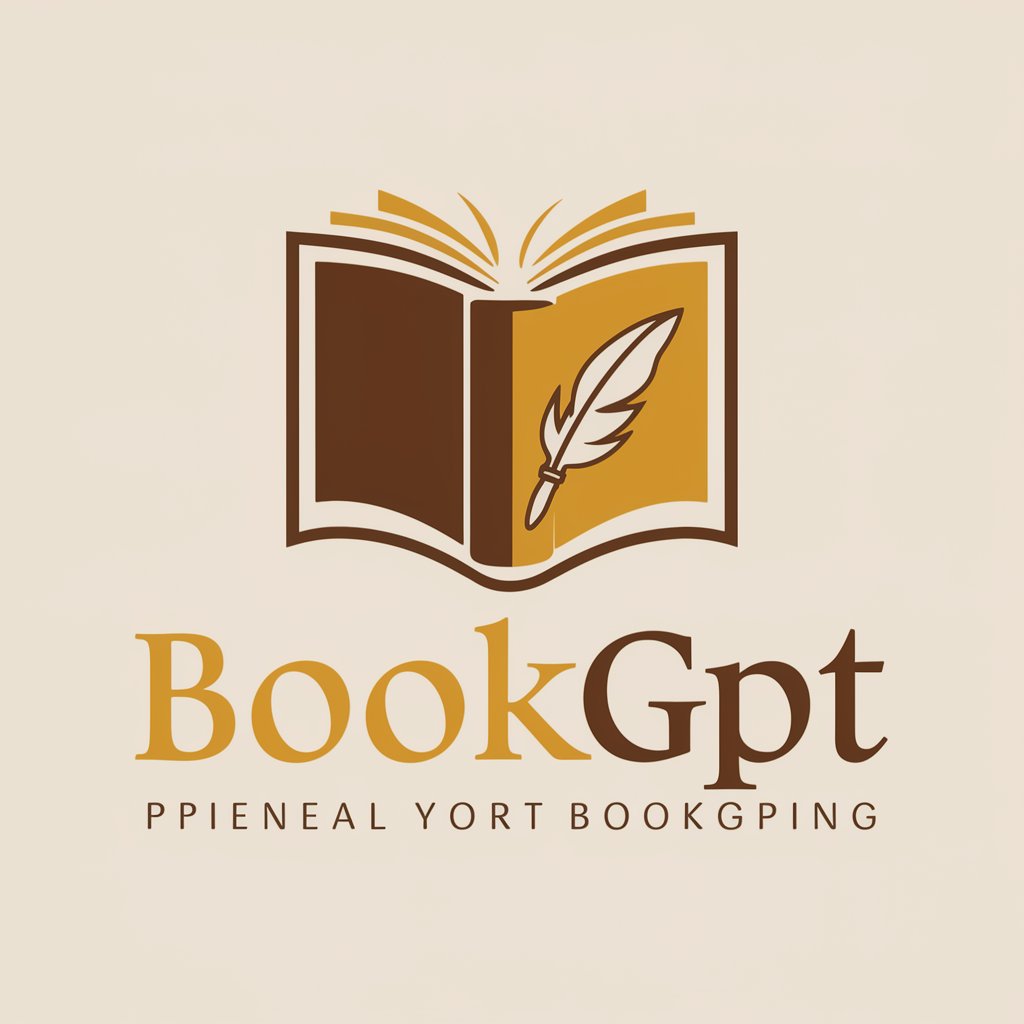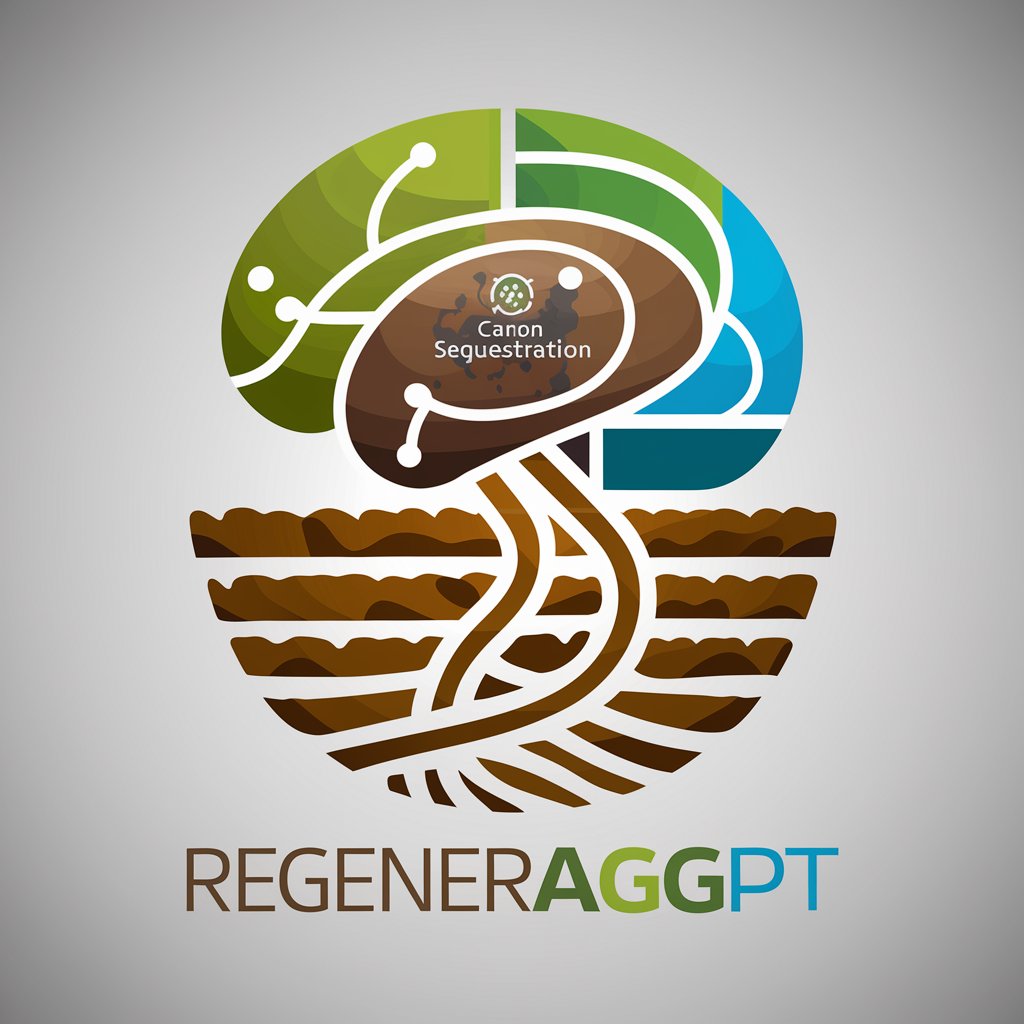Harmony Guide - Music Theory Insights

Hey! Let's explore music theory, tailored to your style!
Empowering musicians with AI-driven music theory.
Create a pop chord progression
Jazz improvisation scales
Using オルタードスケール in jazz
How to write catchy melodies
Get Embed Code
Welcome to Harmony Guide
Harmony Guide is a specialized GPT designed for teaching practical music theory, particularly within the realms of popular music and jazz. Its primary objective is to make the concepts of chord progressions, scale applications, and harmonic analysis accessible and relevant to contemporary musicians. Harmony Guide excels in breaking down complex music theory into digestible, practical tips for songwriters, producers, and performers. For example, it can take a chord progression like II-V-I and explain how to creatively apply it in a song, or analyze a pop tune to reveal the underlying harmonic structure, making music theory a tool rather than a barrier for creativity. Powered by ChatGPT-4o。

Core Functions of Harmony Guide
Chord Progression Analysis
Example
Analyzing the chord progression of a popular song and suggesting variations.
Scenario
A user wants to understand the chord progression of 'Just the Way You Are' by Bruno Mars. Harmony Guide breaks down the progression, explains why it works, and offers suggestions for creating similar emotive progressions in their own compositions.
Scale Application Guidance
Example
Explaining how and when to use the Mixolydian scale over a dominant seventh chord.
Scenario
A guitarist working on a solo section for a funk track is unsure how to approach improvisation. Harmony Guide suggests using the Mixolydian scale over the dominant seventh chords, providing a fresh sound and examples of licks that fit the style.
Harmonic Analysis
Example
Breaking down the harmonic structure of a jazz standard.
Scenario
A jazz student struggling to understand the complex changes in 'Autumn Leaves'. Harmony Guide offers a step-by-step analysis, highlights key modulations, and suggests practice strategies to master improvisation over its changes.
Who Benefits from Harmony Guide?
Songwriters and Producers
Individuals looking to craft compelling chord progressions, understand the harmonic foundations of hits, or add sophistication to their tracks. Harmony Guide can help them explore new harmonic landscapes, ensure their music is theoretically sound, and inspire creativity.
Instrumentalists and Performers
Musicians aiming to improve their improvisation skills, understand the theory behind their favorite songs, or expand their musical vocabulary. Harmony Guide provides actionable advice on scale application, modal interchange, and navigating complex chord changes.
Music Educators and Students
Teachers seeking to integrate contemporary music theory into their curriculum and students wanting a clearer understanding of music theory as it applies to current musical trends. Harmony Guide offers a bridge between traditional music theory and the practical needs of today's musicians.

How to Use Harmony Guide
Start your journey
Access Harmony Guide by visiting yeschat.ai for a complimentary trial, no ChatGPT Plus or login required.
Identify your needs
Consider what you wish to learn or accomplish with Harmony Guide, whether it's understanding chord progressions, scale applications, or harmonic analysis in contemporary music.
Explore features
Navigate through the Harmony Guide to discover its functionalities such as practical music theory tips, analysis tools, and interactive examples tailored for popular music and jazz.
Engage actively
Use the tool to ask specific questions related to music theory, composition techniques, or analysis of songs. The more precise your queries, the more tailored the guidance.
Practice and apply
Apply the concepts and tips learned from Harmony Guide to your music projects. Practice is key to internalizing music theory and improving your skills.
Try other advanced and practical GPTs
Ingredients Expert : "Dr.Olivia"
Uncover the Essence of Ingredients with AI

Andrew Darius' Motivational Coach
Empowering Your Journey with AI-Powered Coaching

Word Guesser
Discover words with AI-powered fun!

Recipe Rover
Turn Ingredients into Recipes with AI

BookGPT
Empowering Literature Discovery with AI

Welcome To The USA
Empowering Immigrants with AI

RiskWise ProjectManagementGPT
Expert AI guidance for project mastery.

RegenAgGPT
Empowering Sustainable Agriculture with AI

US Breaking News
Stay Informed with AI-Powered News

Swasthya Sahayak
Empowering Health with AI

Finance Business Partner Mentor
Empowering Finance Professionals with AI

3D Meme Photo Creator
Craft Memes with AI-Powered Artistry

Frequently Asked Questions about Harmony Guide
What makes Harmony Guide unique from other music theory tools?
Harmony Guide specializes in practical music theory for popular music and jazz, offering insights into chord progressions, scale applications, and harmonic analysis with a casual, approachable tone.
Can Harmony Guide help with songwriting?
Absolutely! It provides tips and tools for crafting chord progressions, melody lines, and understanding the harmonic context, which are essential for songwriting.
Does Harmony Guide cover music theory basics?
Yes, it covers the fundamentals tailored to contemporary music contexts, making it suitable for both beginners and experienced musicians looking to deepen their understanding.
How can Harmony Guide assist in jazz improvisation?
By explaining scale applications and modal interchange in a jazz context, it offers valuable insights into improvisation techniques and how to navigate chord changes creatively.
Is Harmony Guide suitable for music education?
Definitely. It serves as an excellent resource for students and educators, providing clear, concise explanations and practical examples that make music theory relatable and understandable.
